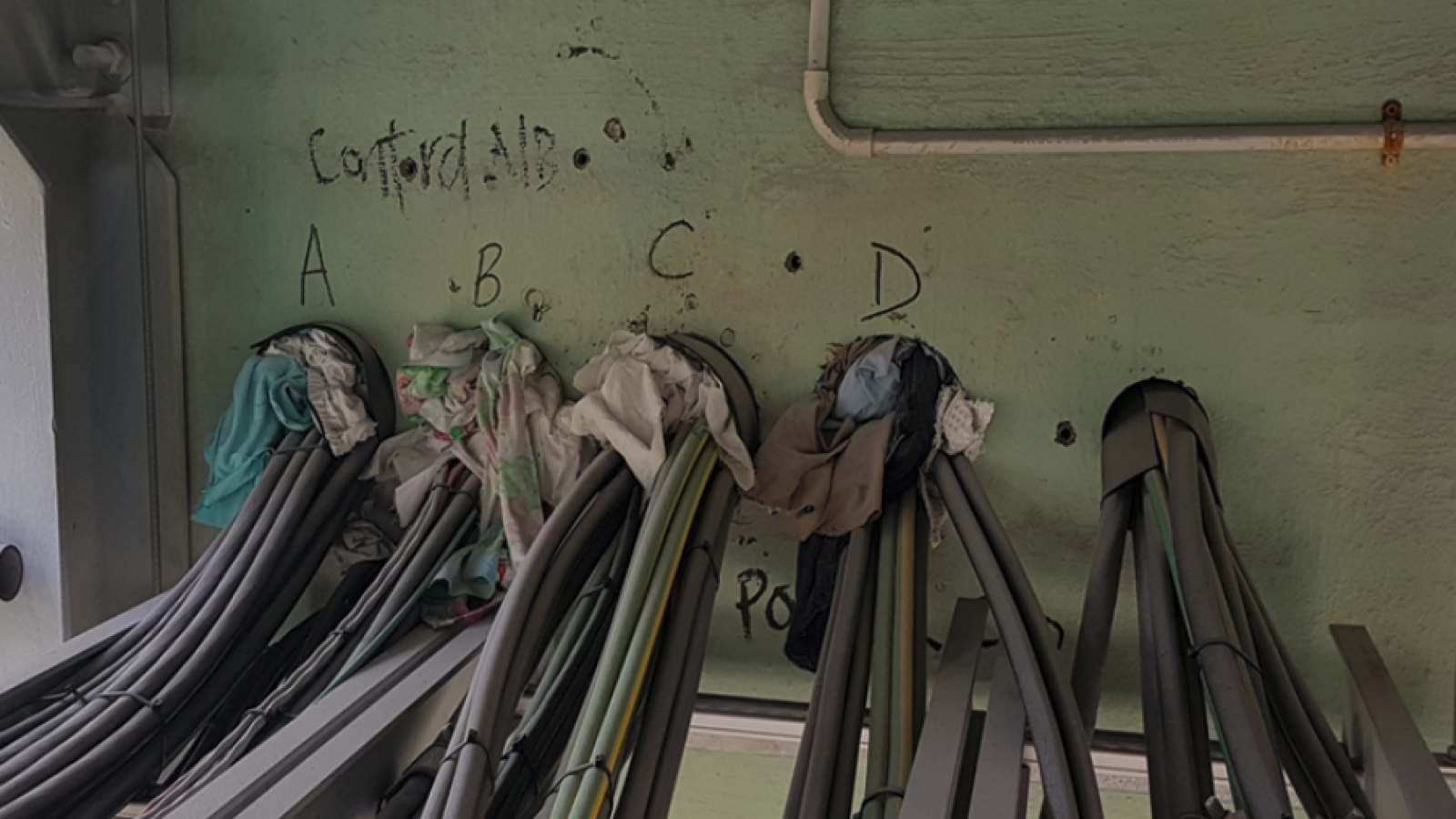Attending the Fire Protection Association of New Zealand (FAPNZ) Conference and Expo in Tauranga recently, we had anticipated a different attendee mix to what we had experienced in Auckland in previous years.
The delegates were the usual mix of professionals from the greater fire protection industry in NZ attracted by the calibre of international and local presenters and the topical subject matter of the presentations.
We found that most of the interactions at the Potters exhibition stand were with people who were at least familiar with the basic principles of passive fire protection.
An Industry Coming of Age
All of the good work done by the numerous associations, organisations, local authorities and fire stopping product manufacturers, over the past 12 months, to draw attention to this previously misunderstood and misinterpreted aspect of the NZ Building Code is beginning to pay off.
The conversations were to the point and often had a specific reference to a particular challenge in the built environment.
The design and new build discussions centred around how technology now facilitates the incorporation of fire stopping products and materials into the planning stage of projects.
Almost all interactions devolved to the lowest common denominator — “compliance” of product and materials and the methods of installation.
The recent publication of Version 2 of the Position Statement on Passive Fire by Auckland Council and the FPANZ Passive Fire Product Register were popular topics of discussion. We found it interesting to hear how the interpretation of the application of these was so remarkably different. This depended on the role the professional played the industry.
Transparency Works Both Ways
While we in the industry are all too aware of what has gone on in the past, what is currently being done and what still needs to be done — and there are a huge number of initiatives underway that will change this industry, we get so close to the wood, we can no longer see the trees.
We are so focussed on what we know (or claim to know) that we sometimes overlook the obvious. We have been known to over-engineer solutions and take measures to avoid the subject when it becomes too complex and detailed.
There are other disciplines within the greater construction industry who are looking into the passive fire goldfish bowl from outside; the goldfish bowl is transparent.
The Knowledge Base Should be Spread
The conclusion the team from Potters came to is that what was missing from the conference attendee mix was the attendance by representatives and professionals from other disciplines in the wider construction industry:
- Architects and architectural designers (NZIA, NZRAB, ADNZ and others)
- Structural engineers (SESOC etc.)
- Mechanical Services Engineers (IMECHE etc.)
- Seismic Engineers (ACENZ etc.)
- Building Facade Designers (SFE – CIBSE, DANZ etc.)
- Reps from trade organisations
- Electrical
- Plumbing
- HVAC
- Interior Wall and Ceiling Designers and Contractors (AWCI)
- Facility Managers (FMANZ)
- Project Managers (PMINZ etc) from Main Contractors and their design managers
- Quantity Surveyors (NZIQS) and construction cost consultants etc.
These are the professionals who are all involved, in one way or another, with the effective implementation of passive fire solutions.
These are the people who have all manner of influence in the early stages of project design and who — when they and better informed and more aware, could bring a positive influence to bear on design decisions that may make the installation of compliant passive fire solutions more practicable.
All too often we come across situations where services have been installed through fire rated elements of construction without any provision for the stopping or sealing of these penetrations having been made. To make matters worse, where some ill-informed provision has been incorporated in the plans or by the associated trade or the main contractor, this provision is not based on compliant systems or products. Holes too small, in the wrong position or too many (mixed) services passing through the hole — sounds simple but herein lies the detail.
The more the industry talks about passive fire and engages with other construction industry professionals, the more likely we are to get it right the first time.
Conclusion
There needs to be more interaction between the various representative bodies in the construction industry. More presentations by reps from the passive fire industry to other disciplines at their respective group meetings and/or annual conferences would go along way to spreading the knowledge base.
We at Potters have found that by providing real-life illustrations of what is expected of the passive fire stopping installer, it draws attention to the difficulties we have to connect the on-site situation to a tested system or product.
How simple things could be if what is built on site takes into account the requirements of tested systems. The hole may be the right size, in the right place and may provide a cost-effective penetration seal for a specific service, bundle of same services or even a single point of entry for multiple services.
Knowledge is king!
We share the knowledge across as many disciplines in the construction industry as possible and we intend to continue with our program of passive fire presentations in New Zealand. If you and your team are looking to learn more, contact Potters to book your presentation.




























 Most Popular
Most Popular Popular Products
Popular Products


